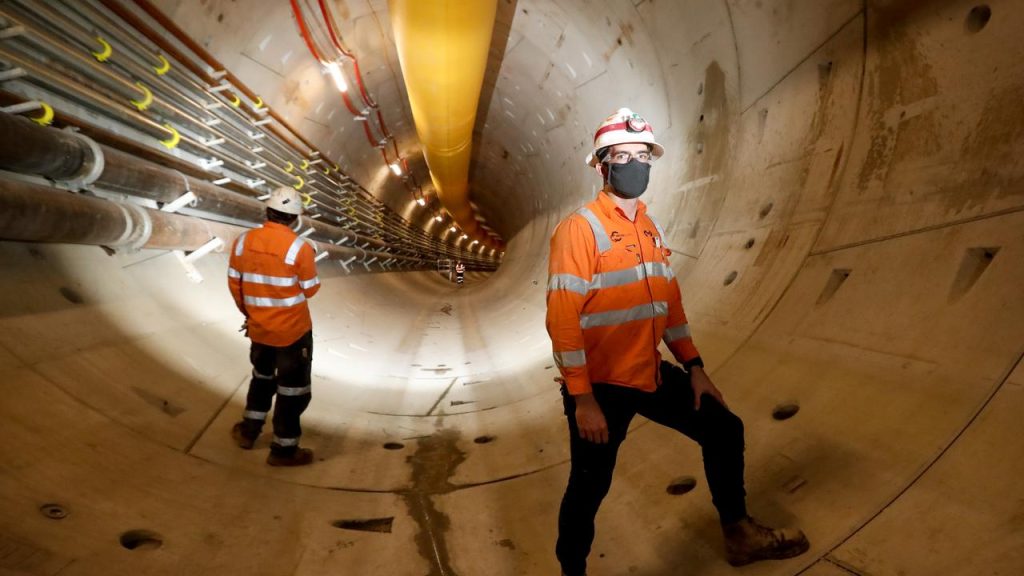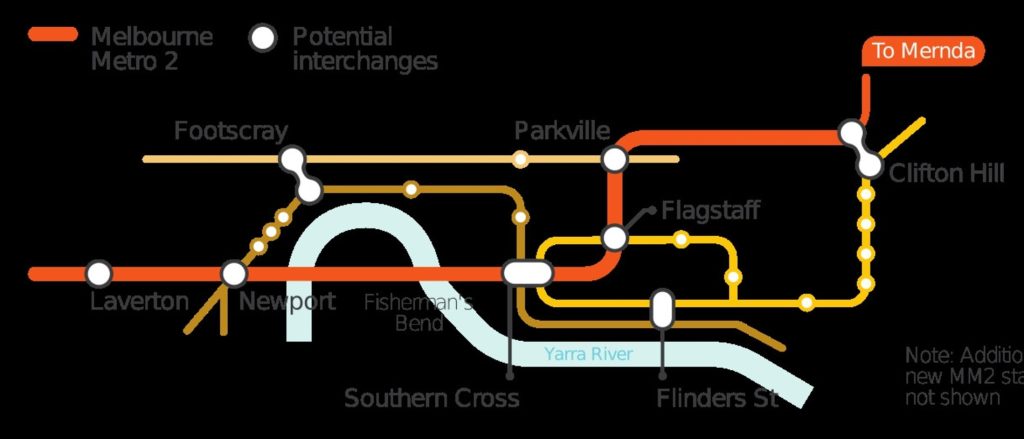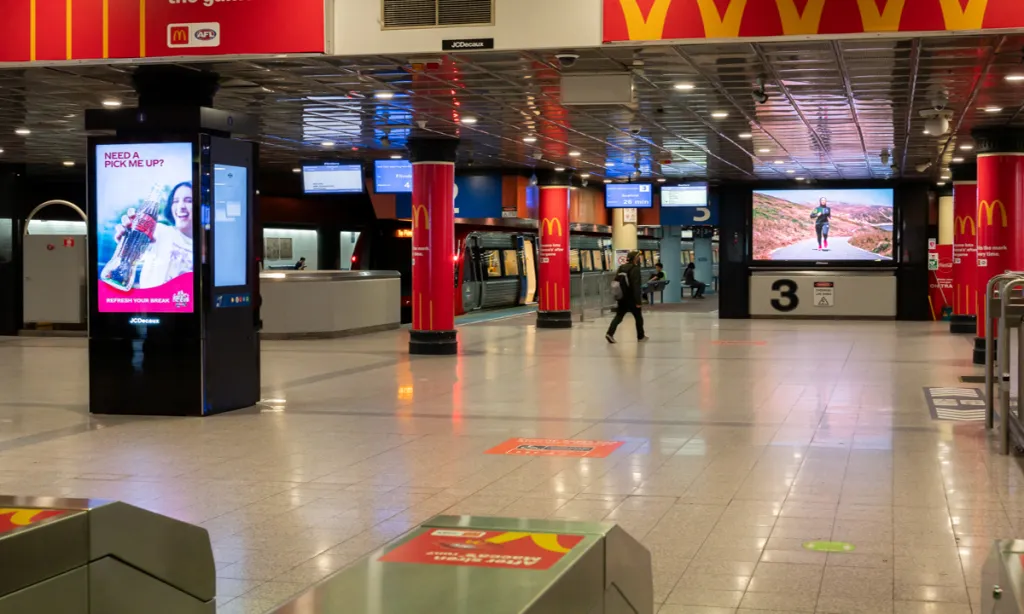Victoria’s peak infrastructure body has urged the state to get to work on a new cross-city rail line and an outer metropolitan ring road with freight links in a draft 30-year strategy that also calls for a congestion charge and mandated tree cover in new suburbs.
Infrastructure Victoria will on Wednesday release its draft blueprint for the next three decades outlining 95 recommendations to the government and inviting feedback from the community.
Key items include major upgrades of renewable energy and social housing, and a sweeping change to the way we are charged to maintain road and rail.
The body has also called on the government to ramp up development of the long-awaited outer metropolitan ring road within two years, designed with a rail corridor for better access to freight hubs and a future Bay West Port.

Metro Tunnel Ring Builders Brian Dempsey and Troy McDonald. Picture: Alex Coppel
By 2025, a second business case would be completed for Melbourne Metro 2, a tunnel connecting the Mernda line through the city, Fishermen’s Bend and out to Laverton.
Infrastructure Victoria chief executive Michel Masson said getting the blueprint right could set Victoria up for three decades and create positive change.

Map of Melbourne train network, with red corridors the most under pressure from congestion.
“Infrastructure can also help tackle disadvantage, especially in outer metropolitan and regional
areas, by providing better public transport options and improved access to services,” he said.
Mr Masson said green spaces should be a priority, with a proposal that new-growth areas be required to have 30 per cent tree canopy space.
“Tree canopies and vegetation are ‘no regrets’ investments that help cool urban environments, provide shade and cooling, support biodiversity and improve human health,” he said.

Melbourne Metro 2 potential concept map.
The report says the government should prepare for petrol engines to be phased out within three decades, and incentivise the uptake of electric cars.
More urgent is the need to connect new renewable energy zones to electricity infrastructure, and try to overcome barriers to recycled drinking water within 10 years.
High priority actions for COVID-19 economic stimulus include a massive increase in public housing – already planned by the government – as well as retrofitting government buildings and building smaller regional projects that will produce jobs while enhancing productivity.
Source: Herald Sun


One thought on “Infrastructure Victoria released 30-year draft strategy for the state’s future development”